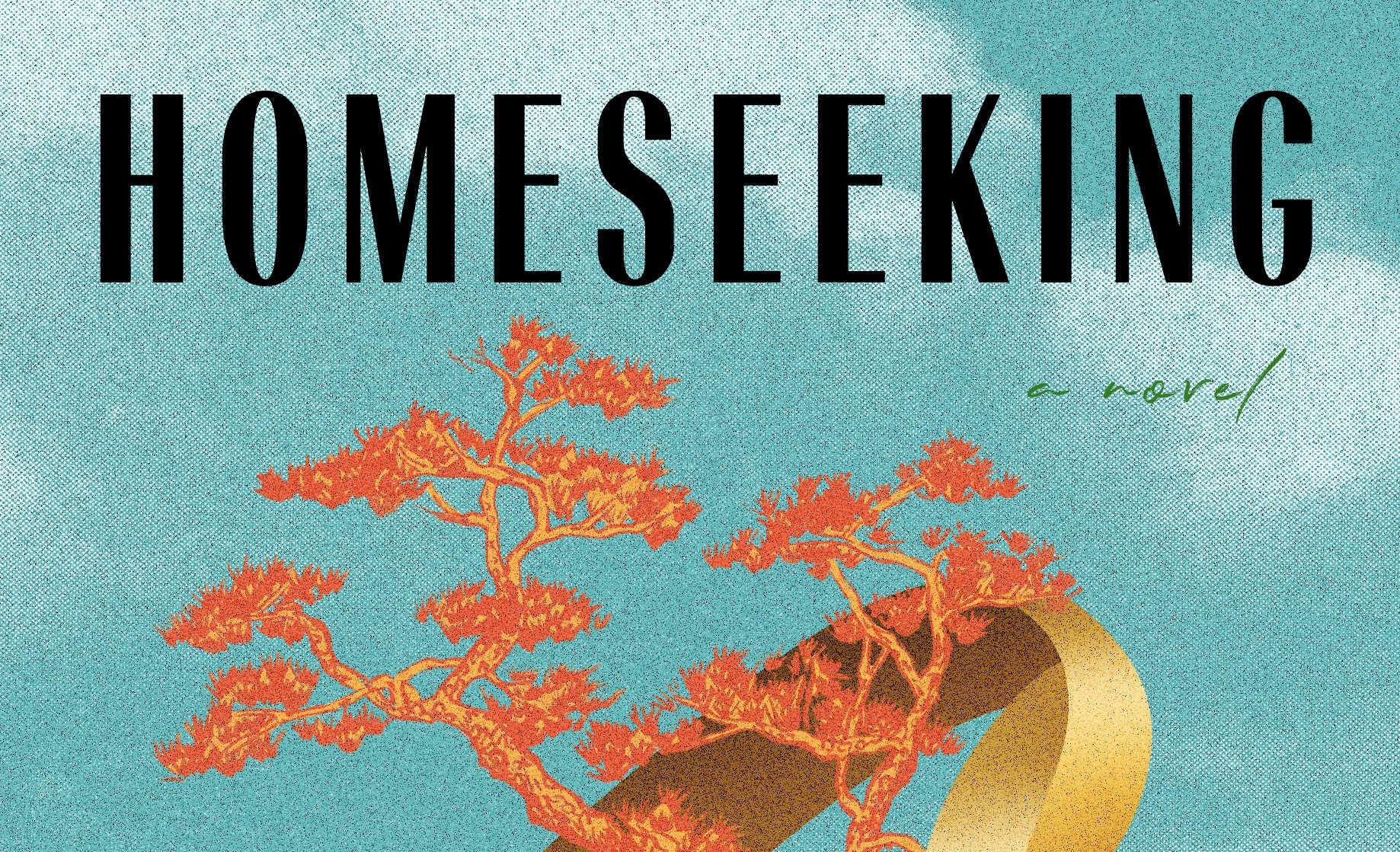Craft
The Yanny/Laurel Illusion Can Teach Us How to Love Ambiguity
Tricks of perception shouldn’t cause fights — instead, they should open up new spaces of possibility, like they do in literature

When I first heard about Yanny and Laurel it was in a context of outrage. One person on my Twitter timeline heard the obviously correct Laurel and couldn’t believe the monsters who claimed they heard Yanny. Another couldn’t believe we were all talking about another annoying perception phenomenon, the audio version of that dress whose colors nobody could agree on. Why, they complained, was everyone so exercised about something so dumb?
What do you hear?! Yanny or Laurel pic.twitter.com/jvHhCbMc8I
Usually when everyone’s mad about something trivial, there’s something important going on too — a case of something disguised as nothing. In the case of the Yanny/Laurel illusion, as in the case of The Dress, what’s really happening is that we’re being forced to confront ambiguity — a phenomenon that is not objectively one thing or another, that lives in a hazy middle. The hazy middle is not a place we’re comfortable living, and yet it is almost exclusively where we live. These instances have demonstrated that when we can, rather than exist in ambiguity, we will call in experts to do spectrographic analyses and tell us with science which perception is “really true.”

But there is a case to be made for learning to deal with ambiguity, for making peace with the fact that your experience of the world may differ from mine, and neither of us is wrong. If anyone can help with that, it’s Can Xue.
Of all the short stories I teach, “The Fog” by Can Xue makes my students the maddest. “The Fog” is short enough that we can read around the table and finish it in ten minutes, and after we do I look at the class excitedly and ask, “What do you think of that?” One or two people, the ones most comfortable with ambiguity, totally love it. One generous soul who doesn’t want to disappoint me says, “I think I need more time with it.” Everyone else is furious.
There is a case to be made for learning to deal with ambiguity, for making peace with the fact that your experience of the world may differ from mine, and neither of us is wrong.
In “The Fog,” there’s not a lot the reader can trust to be “real,” or a better way of putting it may be that contradictory things are real. At its core, it’s a story about a family trying to survive the pressures and limitations of rural poverty: the father speaks of unrealistic plans to travel and unrealized business ideas; the brothers live with untreated physical ailments; the family is isolated, exposed, vulnerable to the weather, and starving. These ideas are recognizable, but the logistics are not. Line by line, things change shape, change color, stop existing and simultaneously continue to exist. Space and time collapse. The mother leaves but is still there, dies but is still alive. Sometimes she’s so fat she’s soft and sweating oil, sometimes she’s so thin that the narrator suspects she is only emptiness beneath her coat. In one section, the narrator rushes to her mother when she sees she has fallen down while searching for hens she raised twenty years before:
“The fog has damaged my eyes. I can’t see you.”
“There are some human figures in the woods over there. Can you feel that?”
“How can I? It’s impossible. My eyes are completely destroyed.” Frustrated I withdraw my arm from her armpit which is as warm as under a hen’s wing. Instantly one of her ribs cracks and breaks.
“It’s only a rib.” Her blue face wrinkles, then she disappears on the other side of the tree.
My students politely ask: what the fuck? Is this supposed to make sense? What is it supposed to mean? They’re mad at Can Xue for writing it, me for having them read it, themselves for not getting it. They’re afraid they don’t know the answer, but that there is one answer to know is the misunderstanding.
In class we call what Can Xue is doing “dream logic.” The senses don’t match — the mother asks if the narrator can feel the human figures and she responds, how could she when her eyes are damaged? The viewpoints are limited, or unlimited, in ways we don’t expect: her mother “disappears on the other side of the tree,” but how does the narrator know that happened? And we also understand. We don’t but we do. This kind of ambiguity is within us, but it’s something, at least in this country, we try to contain in the category of dreams. When we describe our dreams to the patient souls who are willing to listen, we say things like, “It was you but it wasn’t you,” or, “And then we were suddenly in the house I grew up in but it wasn’t the house.” There is more than one interpretation — it is the house, it is not the house — but more importantly, both are true.
This kind of ambiguity is within us, but it’s something, at least in this country, we try to contain in the category of dreams.
We’d like for this ambiguity to constrain itself to dreams, but of course it doesn’t. One of the times someone left me, it wasn’t the usual situation where we had grown apart or they were moving or I was moving. It was a total shut-out. We had a fight and then they were gone, didn’t want to know me anymore. That kind of loss feels like a death, and my body treated it like one. I couldn’t eat or sleep, focus or function, find pleasure in things. I felt physically sick. I dreamed about them, that they were back, we’d reconciled or never fought, the way I dream the dead are alive again. A death is a loss out of our control, but a shut-out is a loss decided on and imposed by a person still there. It felt as though I’d come home and all the locks were changed, and when I banged on the window, my someone looked out at me as though they’d never seen me before. I was afraid, consumed by a nightmarish fear, that we’d never felt the same way about each other, we had not been having the same experience, that our realities were always different. A possible future shut-out always existed in the spectrum of ways they felt about me, and that was not true for me. I had misunderstood everything.
These thought pathways fan out the same way in almost any interaction I have with a person I care about: parents, partners, friends, people I’m making small talk with, my son. Do you feel about me the way I feel about you? Are we having the same experience? Is yours the real one or is mine? What I’m learning, and I have to learn something many times before I know it, is the answers are always: No. No. Both. Those answers are the same no matter who is asking, no matter what the situation. And it’s uncomfortable.
Do you feel about me the way I feel about you? Are we having the same experience? Is yours the real one or is mine? The answers are always: No. No. Both.
In the last week, linguists and audio engineers have weighed in on why some people hear Yanny and others Laurel. There have been 23 scientific papers written about why some people see a blue and black dress and others white and gold. I wonder, if we had the resources, would we employ scientists to study and explain every falling-out, every difference of opinion, every misunderstanding? Part of me likes that instinct of ours, to wonder and investigate and explain, to be interested and care. But that process also seems to imply that ambiguity is a problem to be solved, when ambiguity simply exists. It is inseparable from us.
In his essay, “The North American,” Richard Rodriguez discusses the difference between assimilation and multiculturalism. He describes multiculturalism as the Canadian idea that everyone can live harmoniously side-by-side, siloed in their own cultures, and not affect each other. Assimilation, he argues, is the reality, that whether we like each other or not, we affect each other. He gives the example of Merced, California, where the two largest immigrant groups are Laotian Hmong and Mexicans. He says the two groups don’t like each other. He asked the Laotian kids what they don’t like about the Mexican kids and they explained their list of grievances, and he realized that, while the Laotian kids described why the Mexican kids didn’t belong in their community, they were speaking English with a Spanish accent. “I was on a BBC interview show,” he said, “and a woman introduced me as being ‘in favor’ of assimilation. I am not in favor of assimilation any more than I am in favor of the Pacific Ocean. If I had a bumper sticker, it would read something like ASSIMILATION HAPPENS.”
So it is with ambiguity. It’s what happens when more than one consciousness exists. It’s hard to structure our lives around it, trust people who are by definition having a different experience than we are, marry someone, incarcerate someone. Our society depends on absolutism when that’s not our reality.
Our society depends on absolutism when that’s not our reality.
Authors like Can Xue are so affecting because they invite us to approach waking life with the same acceptance as we do our dreams, where the logic accommodates multiple realities. Ambiguous illusions do the same, if we let them, though we often resist. The idea that there are as many realities as there are of us is overwhelming, and it’s also lonely. If we’re alone in our reality, it’s impossible to truly share an experience. But while we can’t experience something exactly the same way as each other, we can learn about each other, think about each other, imagine each other, populate our lives with companion realities. Instead of sameness, we can have multitudes.










